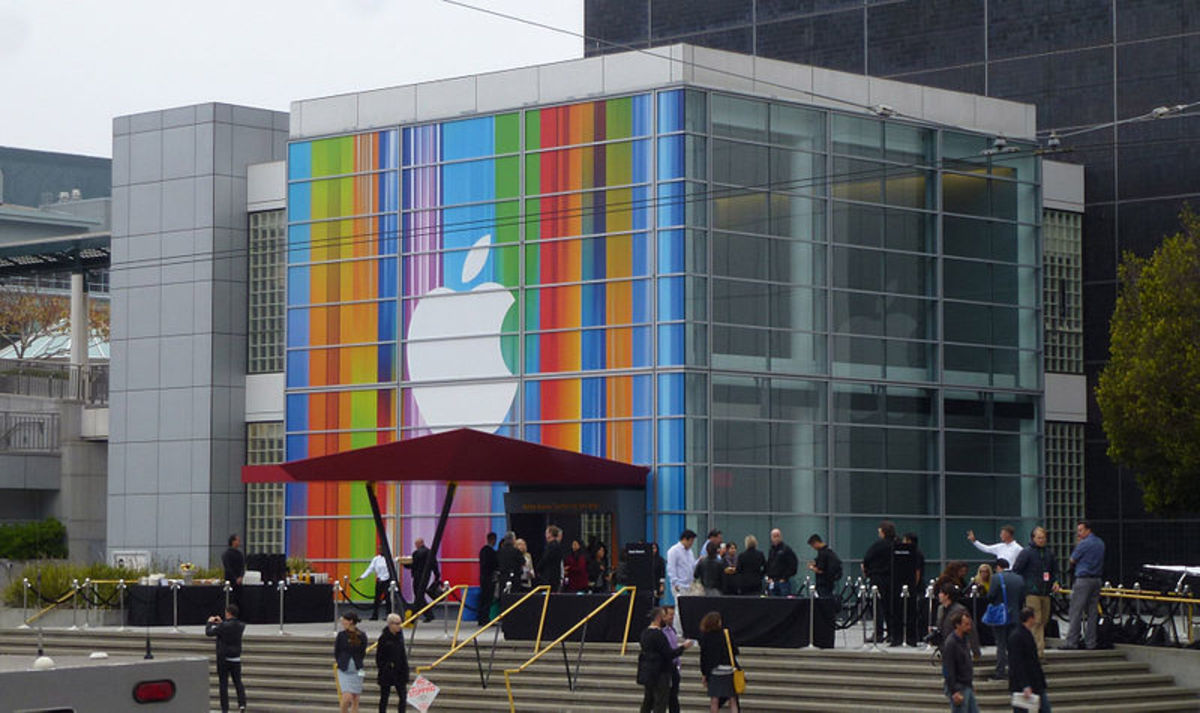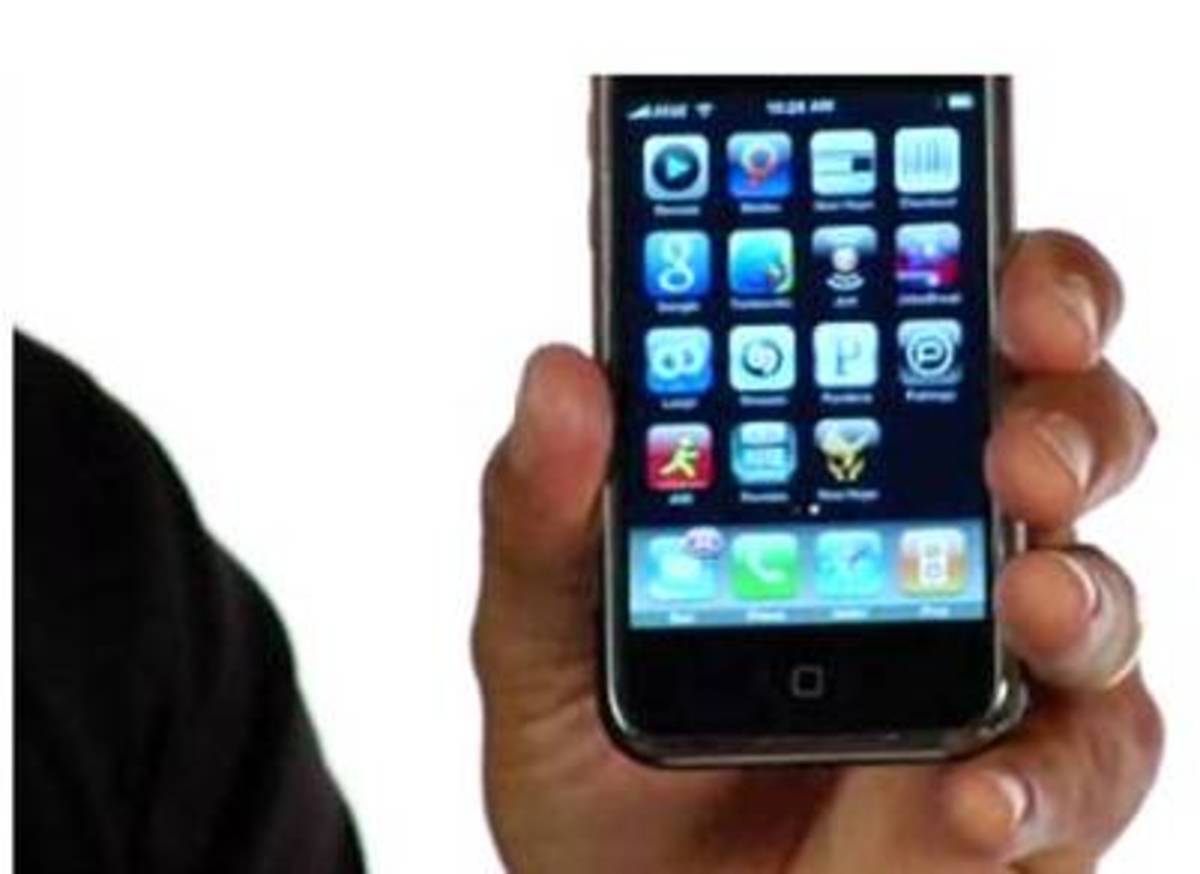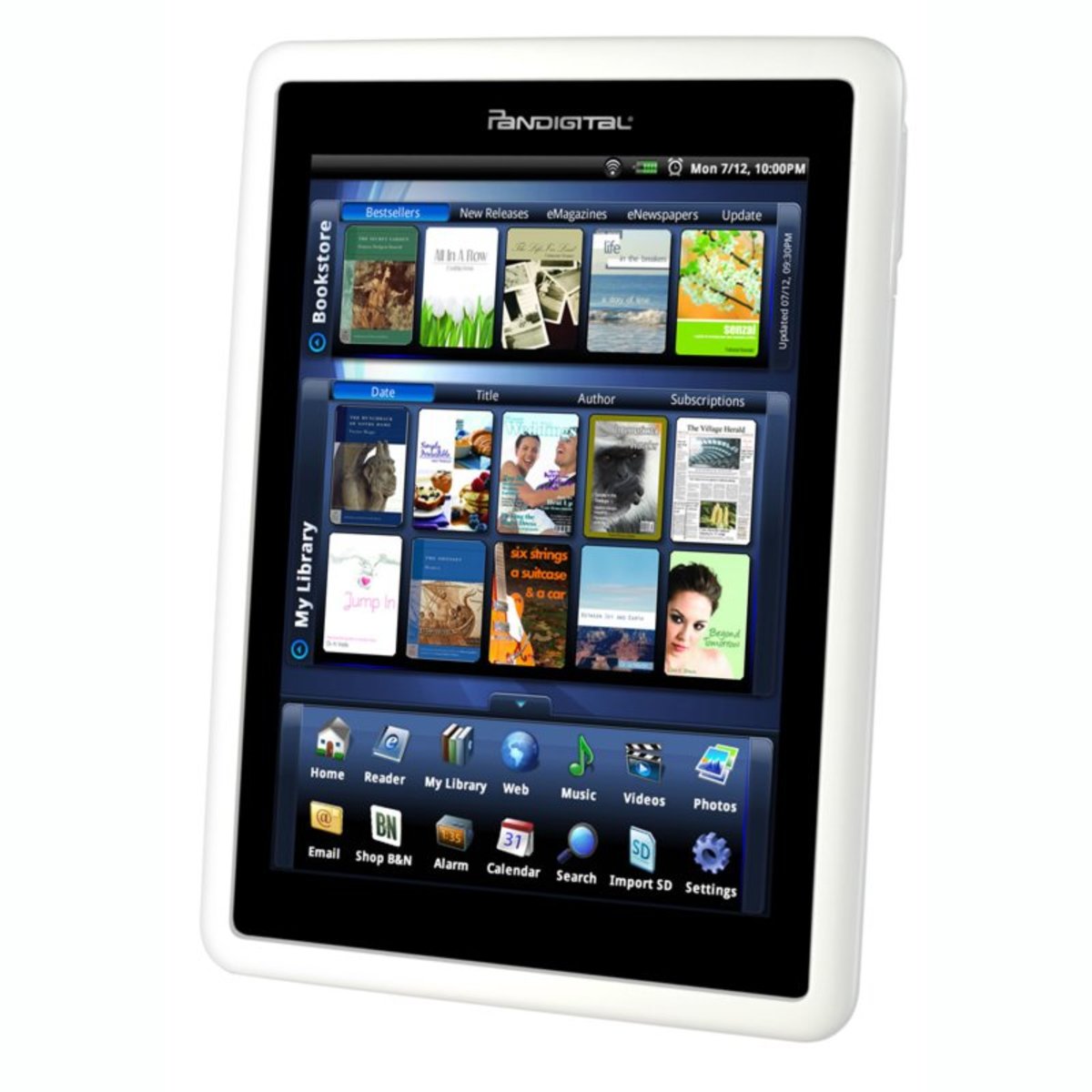Why Buy an iPhone?
Overview
Apple’s iPhone® will be charted on the Boston Consulting Group matrix in this paper to illustrate how charting a product can allow a company, such as Apple, to see how the product is perceived by potential customers and how the product will fit into growing markets. This paper will demonstrate how the BCG matrix could be used to assists businesses and organizations in their understanding of their consumer’s behavior, attitudes, beliefs, motivation, and lifestyles. This paper will investigate Apple’s iPhone’s product position, market share, and marketing research that has made the Apple iPhone the top smart phone choice in 2011 and one of the top ten smart phones in 2013.
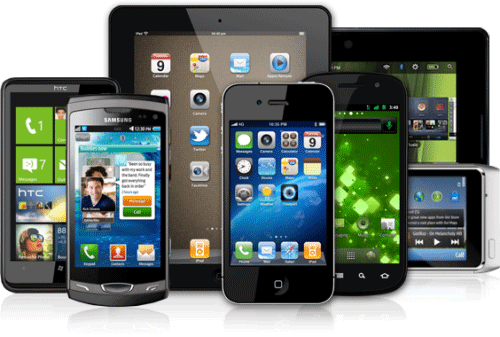
Positioning for the Apple iPhone
Apple’s iPhone is a “star” on the Boston Consulting Group matrix because Apple’s iPhone is one of the leading smart phone brands and Apple continuously adds new features to their iPhone to keep their iPhone growing. The best ways to advertise the Apple iPhone is to use the product differentiation strategy; this is “a marketing strategy that involves a firm using different marketing mix activities to help consumers perceive the product as being different and better than competing products” (Kerin, 2013, p. 220). The product differentiation strategy would be the best way for Apple because of the large number of other companies that produce smartphones. Apple needs to show working adults, ages 18 to 49, that their smart phone is less expensive and lighter than other smart phones such as: the Google Nexus 4®, the Samsung Galaxy Note II®, and the LG Optimus G Pro®. The price and weight of the Apple smartphone are two of the most important selling features. Price is very important to people trying to work a smart phone into their budget. Weight is also an important factor because the average working adult has no desire to be more weighed down with their smartphone than they would be by a non-smartphone. Apple would benefit the most from using an indirect channel as it would allow Apple to distribute their iPhone to different retailers as well as maintain their market share. By having their iPhone available in multiple retailers Apple would be putting their product into displays right in front of their customers, facilitating impulse buy and customer interest. Apple will need to continue to prove to their customers that their smart phone is better than Samsung’s, Google’s, and LG’s in order to maintain their market share.
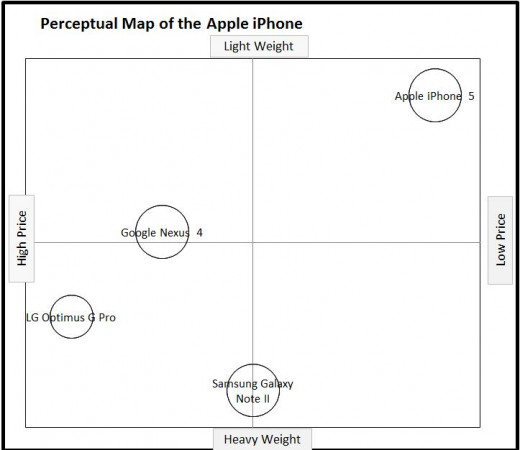
Market Share for the Apple iPhone
Apple’s iPhone has a high market share because Apple continues to create and sell new generations of their iPhone to customers. The fact that Apple continues to put out new models of their iPhone puts their product between the growth and maturity stage in the Product Life Cycle because when Apple releases a new version of the iPhone the product enters the growth stage as everyone wants to have one. Then as the market begins to slow the product begins to enter the maturity stage where the number of sales slows down. Apple’s pattern of releasing new versions of their iPhone causes Apple to hold onto their high market share; the iPhone 4 sold about six hundred thousand on the first day (Farhan,2012) and the iPhone 5 sold about two million also on its’ first day (Statistic Brain,2013). Apple’s iPhone is currently a part of a growing market because the demand for the iPhone is always increasing with every 18-49 year old adult who makes $30,000 or more per year who desire a smart phone (appendix). Apple should continue to grow their market by branching out to include parents and their children in their market. To do this Apple would need to create a smart phone that is affordable for parents to purchase and pay for on a monthly basis. One way to do this would be to create a combination of a regular phone and an iPod touch; so that the phone part would work anywhere that had coverage, but the iPod part would only work if Wi-Fi was available. This would allow parents to pay only a normal cell phone fee each month and would make them more agreeable to purchasing iPhones for their children. In order to maintain and grow their market Apple uses a variety of different types of market research to understand their consumer’s wants and needs.
Marketing Research for the Apple iPhone
Apple uses numerous market research methods to make sure their iPhone retains its place in a business where there is a wide variety of smart phones for working adults to choose from. Apple would be best off using descriptive research to study how loyal their customers are to the Apple iPhone in comparison to other smart phones such as: the Google Nexus 4, the Samsung Galaxy Note II, and the LG Optimus G Pro. This type of research would help Apple to gather secondary data; secondary data is “Facts and figures that have already been recorded before the project at hand” (Kerin, 2013, p. 196). Apple uses secondary data such as what their customers liked and disliked in the previous version of the Apple iPhone to improve upon the newer versions of the iPhone. After the iPhone 4 Apple learned that their customers wanted a phone that weighed less, had a faster processor, and had more storage options from their gathered secondary data; Apple then used their research data to modify their iPhone with the improvements that their customers wanted; Apple called it the iPhone 5 (Shanklin, 2012). The improvements that Apple made from the iPhone 4 to the iPhone 5 brought in many new customers who were upset with the speed of the iPhone 4 processor as well as the limited storage options. Market research gave Apple the edge they needed to increase the number of sales with their new version of the iPhone.
The Apple iPhone is one of the top smart phone models chosen by working adults who make at least $30,000 a year. Apple’s iPhone has a high market share, but that market share could easily be lost if Apple does not stay on top of the market. Apple’s market research has allowed them to release new versions of their iPhone with the improvements their customers desire based on the secondary data Apple gathers. After examining their market research Apple will eventually have to evaluate if they should continue to pour money into their iPhone or if they should allow their iPhone to become more of a cash cow and put their money into a new product or idea.
Appendix: BCG Matrix for the Apple iPhone
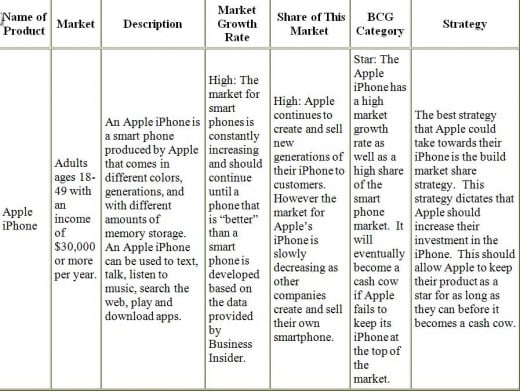
References:
Blodget, H. (September 13, 2012). The US Smartphone Revolution . In Business Insider.
Retrieved from http://www.businessinsider.com/us-smartphone-market-2012-9.
Farhan. (October, 10th 2011 ). Apple Sold 11 iPhone 4S Every Second For The First 24 Hours!.
In Maypalo. Retrieved from http://maypalo.com/2011/10/10/apple-sold-11-iphone-4s-
every-second-for-the-first-24-hours/.
Kerin, R., Hartley, S., Rudelius, W. Marketing (11th Ed). 2012. McGraw-Hill/Irwin. New York
City, NY.
LG Optimus Review. (2013). LG Optimus G Pro. In MobiCity. Retrieved
http://www.mobicity.com/lg-optimus-g-
pro.html?gclid=CKadnO_Q7rkCFVNo7Aod830A3A
Nexus 4. (2013). In Google Play. Retrieved from
https://play.google.com/store/devices/details/Nexus_4_16GB?id=nexus_4_16gb&hl=en
Samsung - Galaxy Note II. (2013). In BestBuy. Retrieved from
http://www.bestbuy.com/site/samsung-galaxy-note-ii-4g-mobile-phone-white-at-
t/7009803.p?id=1218821080734&skuId=7009803&st=ATT_Samsung_Galaxy_Note_II_
69466&cp=1&lp=1&contract_desc=.
Sascha, S. (June 13, 2013 ). The Top 10 Smartphones . In PCMag.com. Retrieved from
http://www.pcmag.com/article2/0,2817,2367064,00.asp.
Shanklin, W. (September 30, 2012). iPhone 5 vs. iPhone 4S vs. iPhone 4. In Gizmag. Retrieved
from http://www.gizmag.com/iphone-5-vs-iphone-4s-vs-iphone-4/24351/.
Shop iPhone.(2013). In Apple. Retrieved from http://store.apple.com/us/buy-
iphone/iphone5s.
Shanklin, W. (April 25, 2013). Smartphone Comparison Guide 2013. In Gizmag. Retrieved from
http://www.gizmag.com/smartphone-comparison-2013/27259/.
Skinner, C. (Febuary 17, 2012). Apple iPhone is world's most-popular smartphone. In
TechAdvisor. Retrieved from http://www.pcadvisor.co.uk/news/mobile-
phone/3338284/apples-iphone-is- worlds-most-popular-smartphone/.
Statistic Brain. (2013). iPhone 5 Sales Statistics. In Statistic Brain. Retrieved from
http://www.statisticbrain.com/iphone-5-sales-statistics/.
Sterling, G . (Jun 5, 2013 ). Pew: 61 Percent In US Now Have Smartphones. In Marketing Land.
Retrieved from http://marketingland.com/pew-61-percent-in-us-now-have-smartphones-46966.

